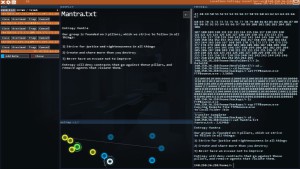written by David Steffen
Untitled Goose Game is a 2019 puzzle stealth game developed by House House in which you are a goose generally making a nuisance of yourself in a small village.
“It’s a lovely morning in the village, and you are a terrible goose” is the line that starts the game. You are a goose with a purpose, and that purpose is a seemingly arbitrary handwritten list of objectives written on lined notebook paper wherein the only unifying seems to be “to be a nuisance”. As the villagers are trying to go about their daily business tending gardens, running pubs, and otherwise going on about their lives, you are the goose among them causing them endless inconveniences, stealing their things and move those things to other places, honking and scaring them at inconvenient times, and otherwise just generally making their days unpleasant.
Different villagers respond differently to seeing you–though generally most of them will chase you to retrieve their things if they see you stealing them, so much of the game is based on looking inconspicuous until their back is turned and then stealing and running off before they notice. There is also a puzzle element to the game, as many of the objectives give you a general idea what needs to be done but not HOW to do it. For instance, one of the objectives in the first area is to make a man wear a different hat… but how do you do that? Both the hat on his head and the other hat hanging on a hook are out of your reach.
This is a diverting and silly game, and it’s fun to have a game where your main objective is to be rather annoying, but the stakes are not earth-shaking by any stretch of the word.
Visuals
Cute cartoony style, even if it is a little creepy that none of the humans have eyes.
Audio
Very cute, the instrumental music cranks up in intensity when someone starts chasing you, and the HONK noise is amusing enough that I usually just walked around honking whenever I wasn’t trying to be stealthy.
Challenge
Some of the challenges are pretty straightforward, others take some experimentation, but generally it’s pretty low-stakes since the worst thing that generally happens is that a human takes back a thing you stole and puts it back where it was originally. Where the biggest challenge comes in the game is later advanced objectives when you have a time-limit for completing a series of tasks. You have to work quite hard (and also be pretty lucky) to streamline your nuisance-making to fit it in tight time-limits. (It’s also probably the silliest idea in a silly game, who is imposing these time limits on the goose?)
Story
Extremely light on story, which is fine, it’s not a story game. Other than the generally increasing dislike of the villagers toward the goose, there is not much progression. (But that’s okay, it’s not a game you play for story!)
Session Time
Except for the time-based goals later in the game, you can start and stop pretty much whenever, and it will save your progress (even the time-based ones, the time limits are only a few minutes, so it’s not a big time unit anyway).
Playability
Easy, there are only a few buttons–movement with the joystick, a general “manipulate” button, and a dedicated honk button (you can also flap your wings but that is almost never necessary, you can do it just for fun).
Replayability
Certainly some replay value, after you beat the basic objectives you get some extra timed objectives, and even after that you could go back and find new ways to annoy the villagers (such as stealing all of their belongings and hording them in your den).
Originality
Obviously stealth games are nothing new, but this one made quite a stir because the choice of the goose as protagonist and the goals as being just generally ways to be annoying to random villagers made this game a thing of its own.
Playtime
It took me a few hours to play through everything including the advanced objectives.
Overall
A silly and fun stealth puzzle game well worth the time and cost. Even after all of the memes it inspired, I still found it original and fun and did not wear out its welcome. I still go back and play it just for fun even though I have completed all of the objectives.

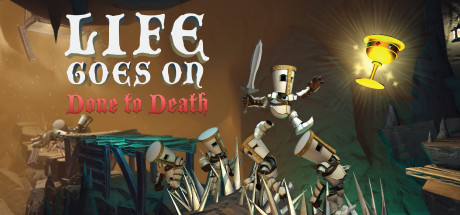
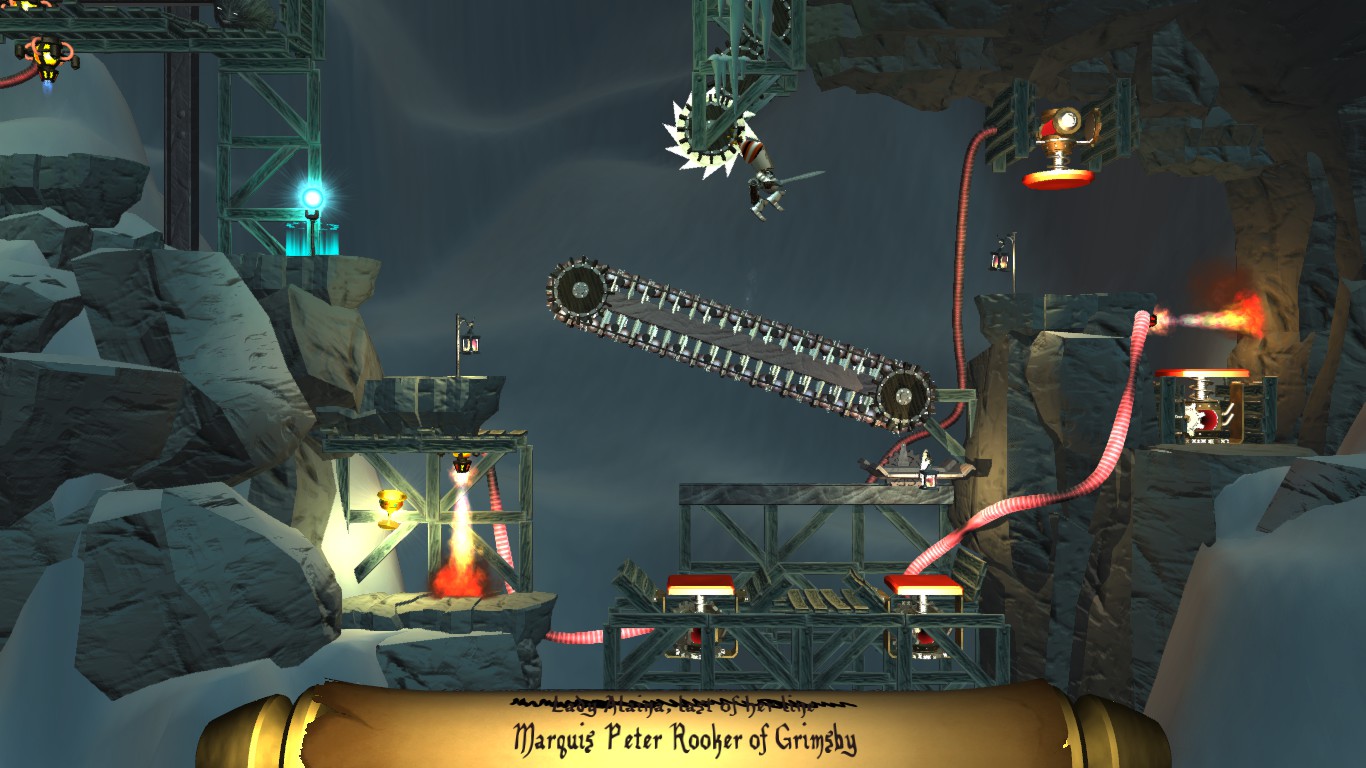 Using bodies as stepping stones to cross spike pits, to weight down switches, or to scale spike walls, new puzzle components are added every few levels to keep things fresh, though the game felt too drawn out at times so that the level felt somewhat repetitive.
Using bodies as stepping stones to cross spike pits, to weight down switches, or to scale spike walls, new puzzle components are added every few levels to keep things fresh, though the game felt too drawn out at times so that the level felt somewhat repetitive.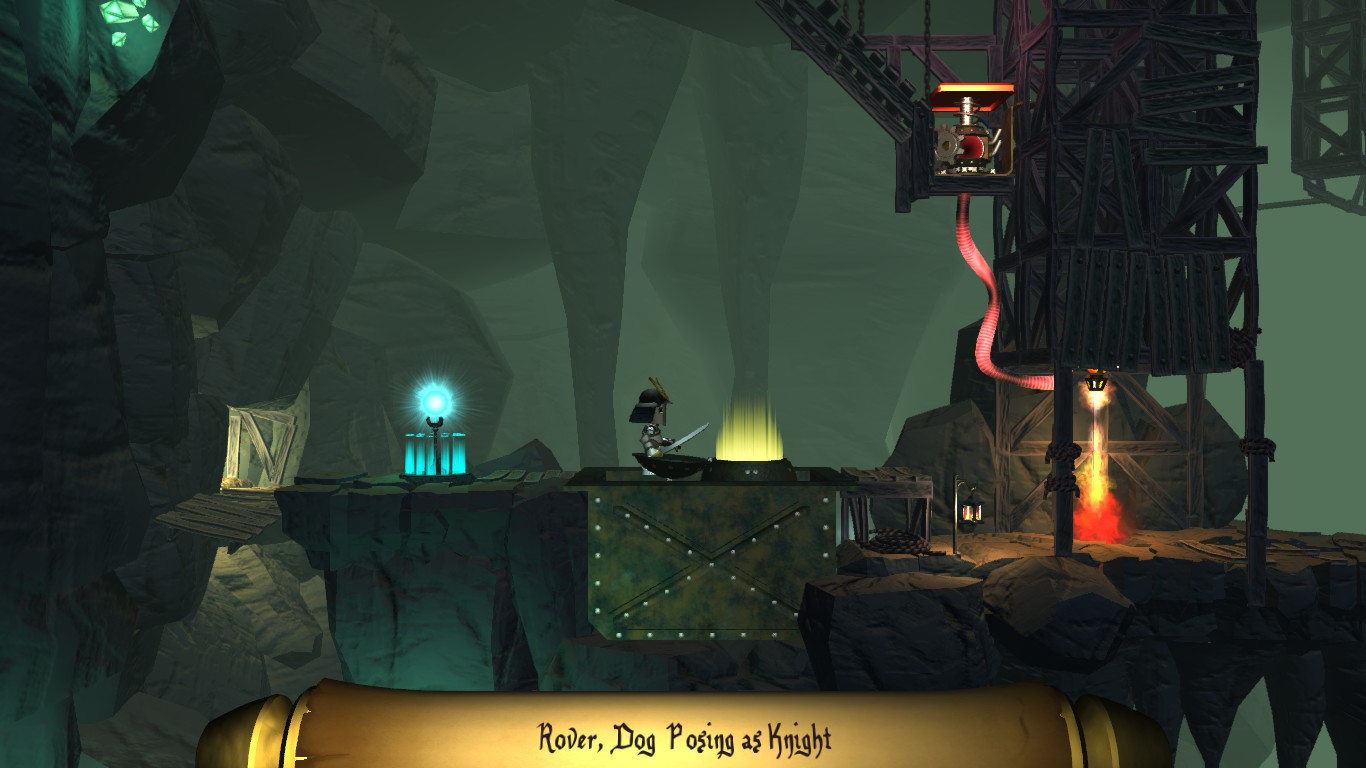 Challenge
Challenge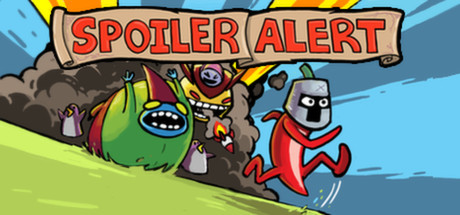
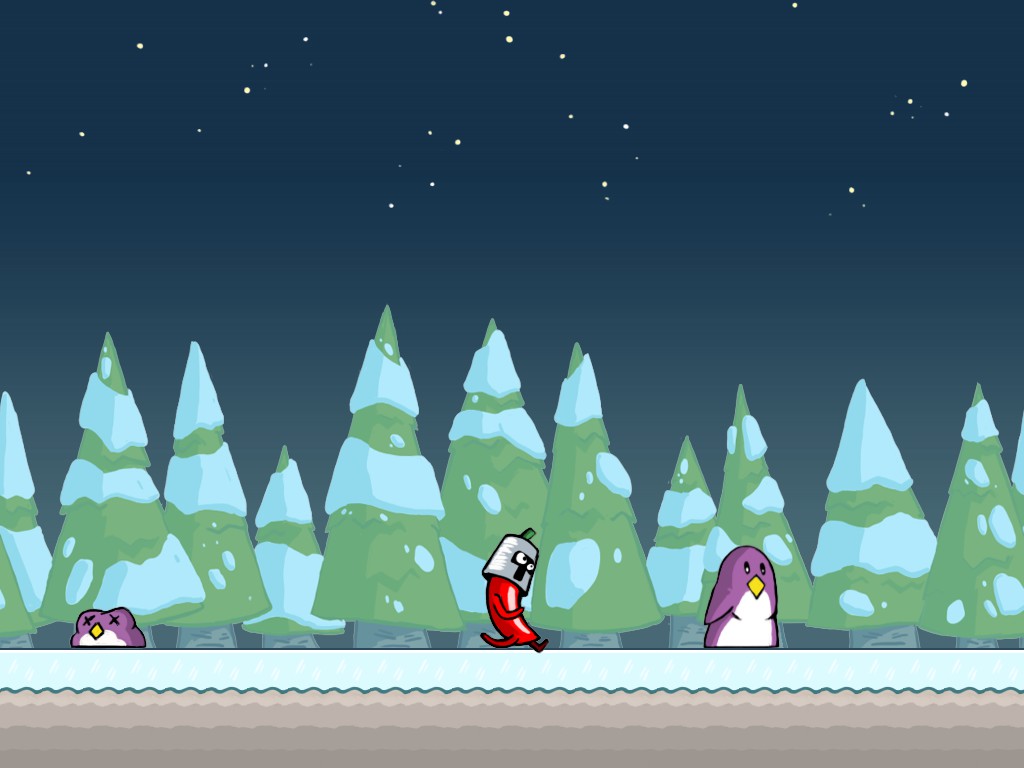
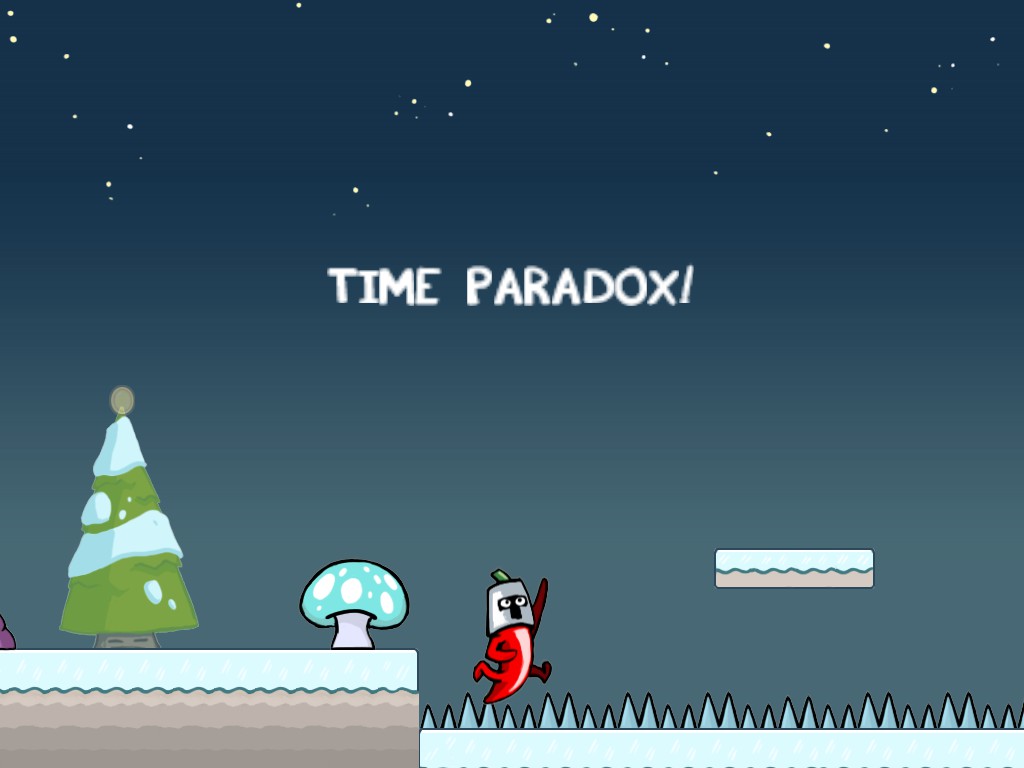
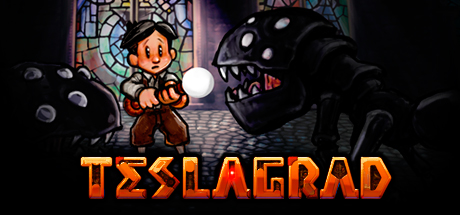 A man walks through the night, carrying a staff and a baby. He knocks on a door, gives the baby to a woman there, and then keeps walking. The baby becomes a man, and henchmen come pounding on the door. The boy flees the men through the night, eventually finding refuge in the mysterious and deadly Tesla Tower.
A man walks through the night, carrying a staff and a baby. He knocks on a door, gives the baby to a woman there, and then keeps walking. The baby becomes a man, and henchmen come pounding on the door. The boy flees the men through the night, eventually finding refuge in the mysterious and deadly Tesla Tower.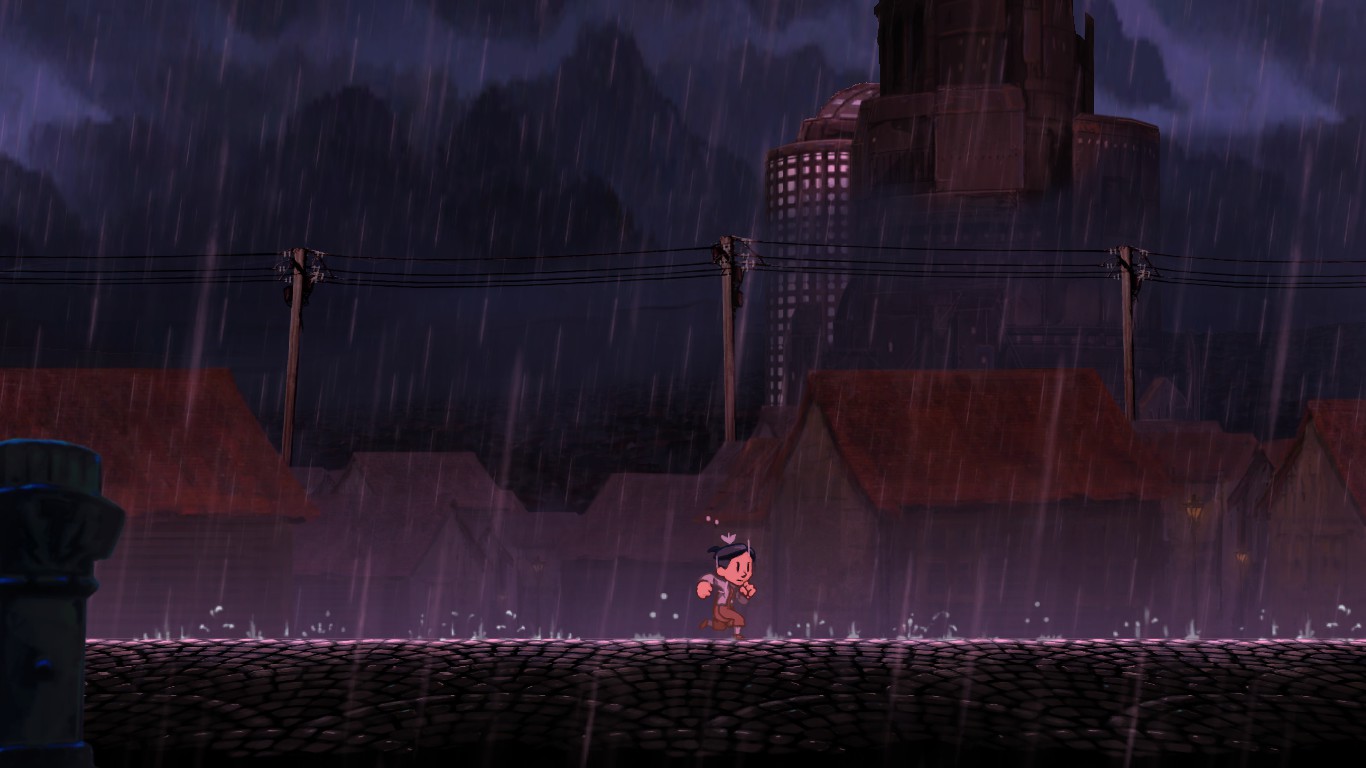
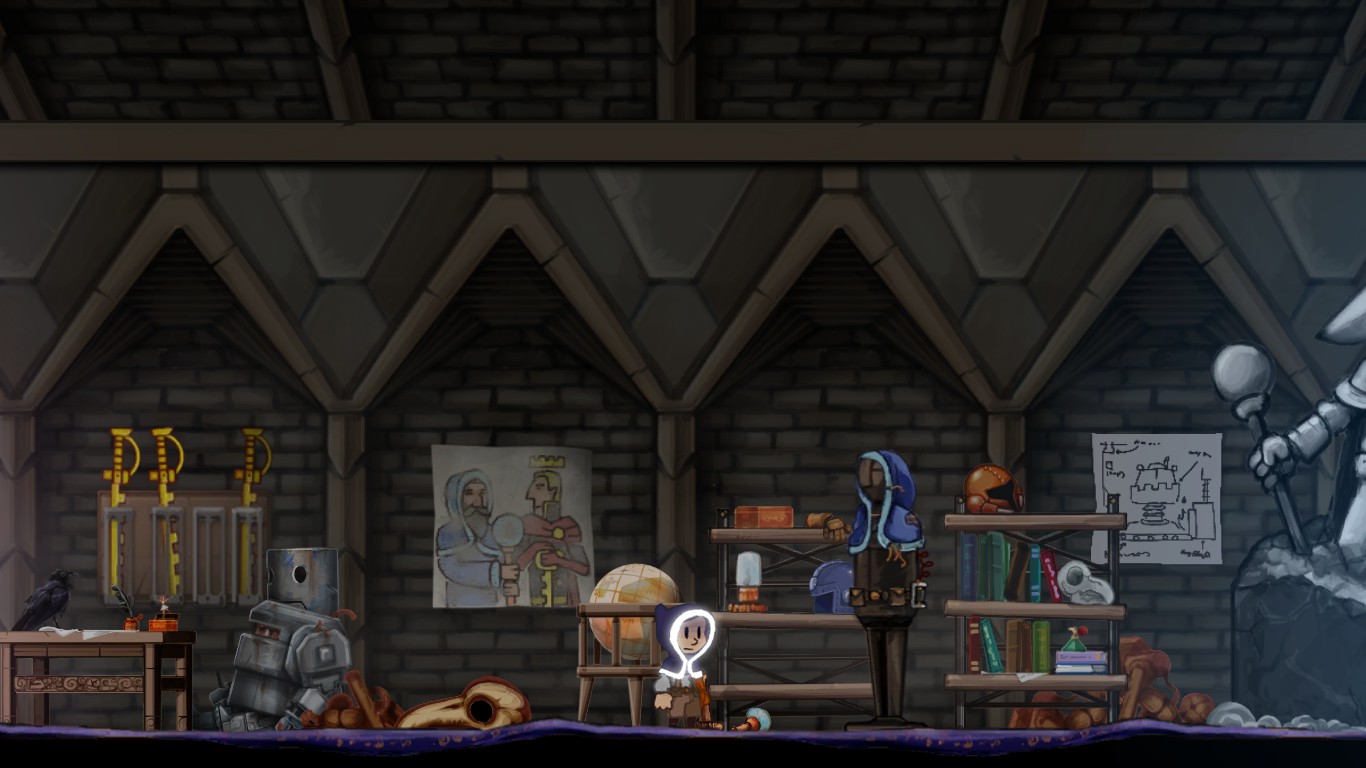 If you die you just restart in the room where you died, so there isn’t a big penalty for meeting your death–which is good because some of the puzzles are very challenging and it would be very frustrating if dying did have more of a penalty.
If you die you just restart in the room where you died, so there isn’t a big penalty for meeting your death–which is good because some of the puzzles are very challenging and it would be very frustrating if dying did have more of a penalty.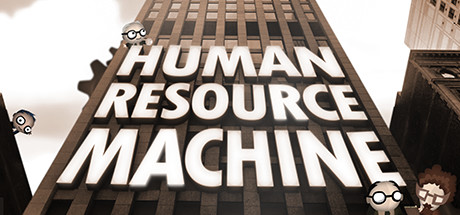
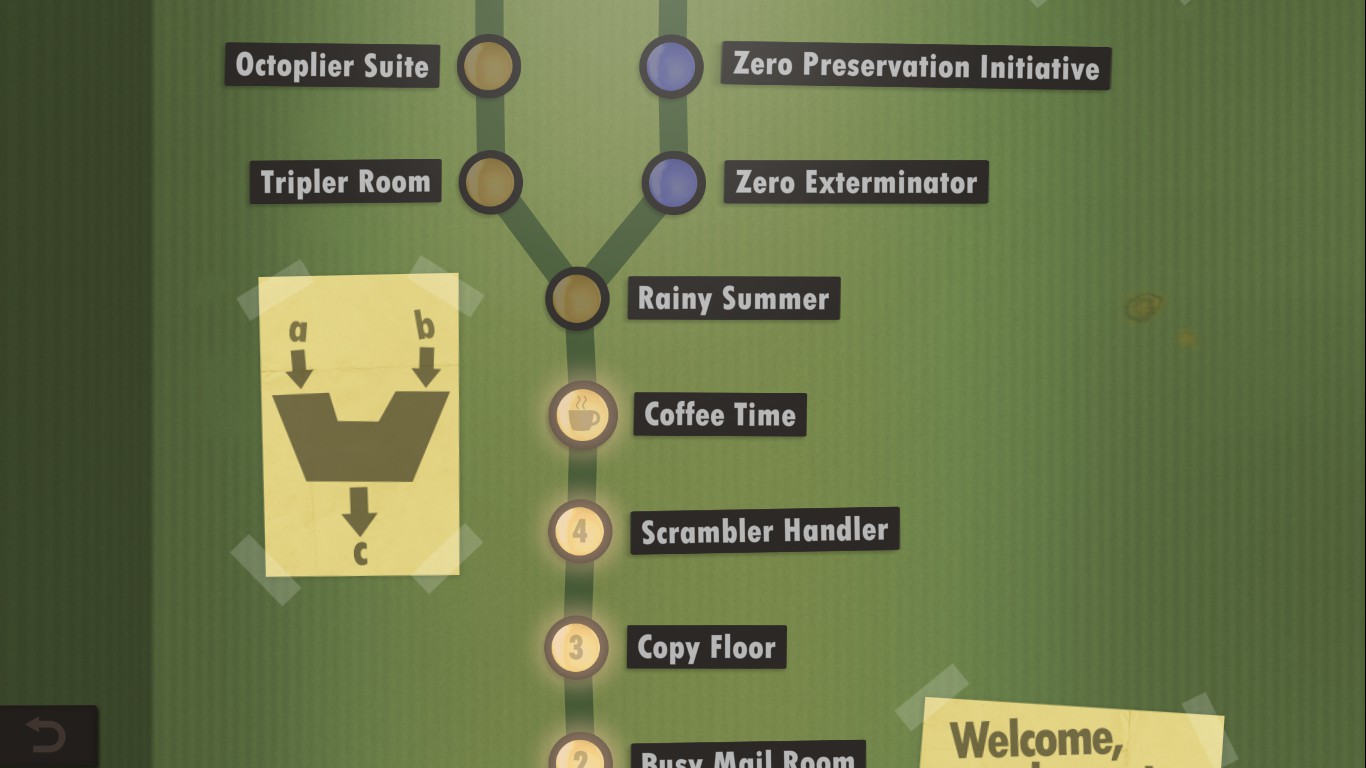 As you work your way up the career ladder you are given tasks by the company dictating how you need to process the input values that come in on one conveyor belt and produce output values to send on the next conveyor belt. When the game starts you have only a couple simple instructions, Input (which grabs a value off the input belt), and Output (which puts whatever value is in your hands onto the output belt). But soon those instructions expand to include add/subtract operators, conditional branches, unconditional branches, storing values in memory, to retrieving values from variables by reference. The challenges get more complex as you work your way up the career path, and there are extra difficult side-branches you can take if you’re up for a challenge.
As you work your way up the career ladder you are given tasks by the company dictating how you need to process the input values that come in on one conveyor belt and produce output values to send on the next conveyor belt. When the game starts you have only a couple simple instructions, Input (which grabs a value off the input belt), and Output (which puts whatever value is in your hands onto the output belt). But soon those instructions expand to include add/subtract operators, conditional branches, unconditional branches, storing values in memory, to retrieving values from variables by reference. The challenges get more complex as you work your way up the career path, and there are extra difficult side-branches you can take if you’re up for a challenge.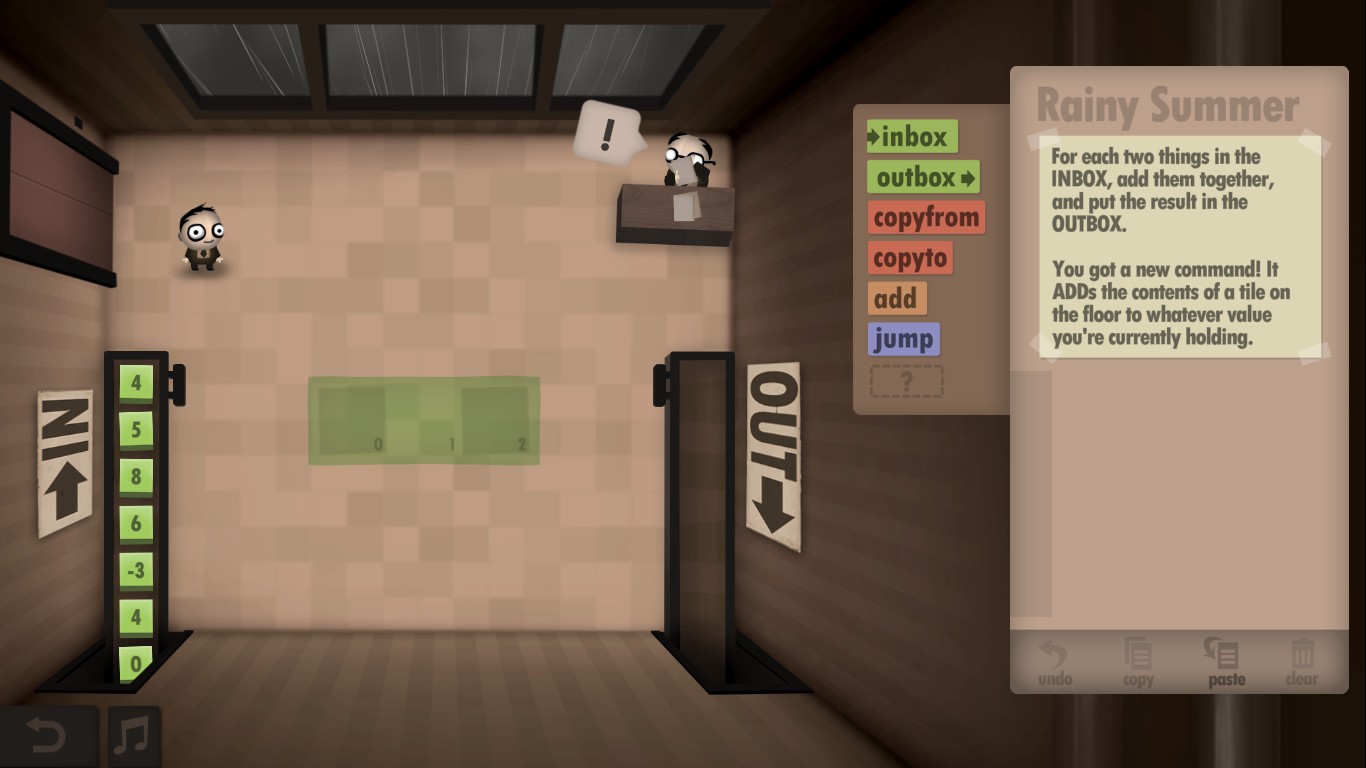 On each level you can move on if you solve the problem, but you can reach extra achievements if you try to finish optimization challenges. If you can complete the goal under a target amount of instructions in your program, then you will get one achievement. If you can complete the goal with a runtime under a target amount, then you’ll get another. In many cases you will not be able to get both achievements with the same program because in many cases the goals are somewhat counter to each other–reducing the number of instructions means you reuse lines of code as much as possible, but that requires extra jump commands that add to your runtime. The optimization programs will probably be easier if you have a programming background and have covered some material about optimizing code (even though these days most compilers will handle most speed optimizations for you it’s still not a bad idea to understand the concepts). If you want a major hint at optimizing for speed though, search for the term “loop unrolling”–that is the single biggest concept that I used to optimize the first half of the challenges (after that it got harder and I ended up focusing more on just passing the main objective).
On each level you can move on if you solve the problem, but you can reach extra achievements if you try to finish optimization challenges. If you can complete the goal under a target amount of instructions in your program, then you will get one achievement. If you can complete the goal with a runtime under a target amount, then you’ll get another. In many cases you will not be able to get both achievements with the same program because in many cases the goals are somewhat counter to each other–reducing the number of instructions means you reuse lines of code as much as possible, but that requires extra jump commands that add to your runtime. The optimization programs will probably be easier if you have a programming background and have covered some material about optimizing code (even though these days most compilers will handle most speed optimizations for you it’s still not a bad idea to understand the concepts). If you want a major hint at optimizing for speed though, search for the term “loop unrolling”–that is the single biggest concept that I used to optimize the first half of the challenges (after that it got harder and I ended up focusing more on just passing the main objective).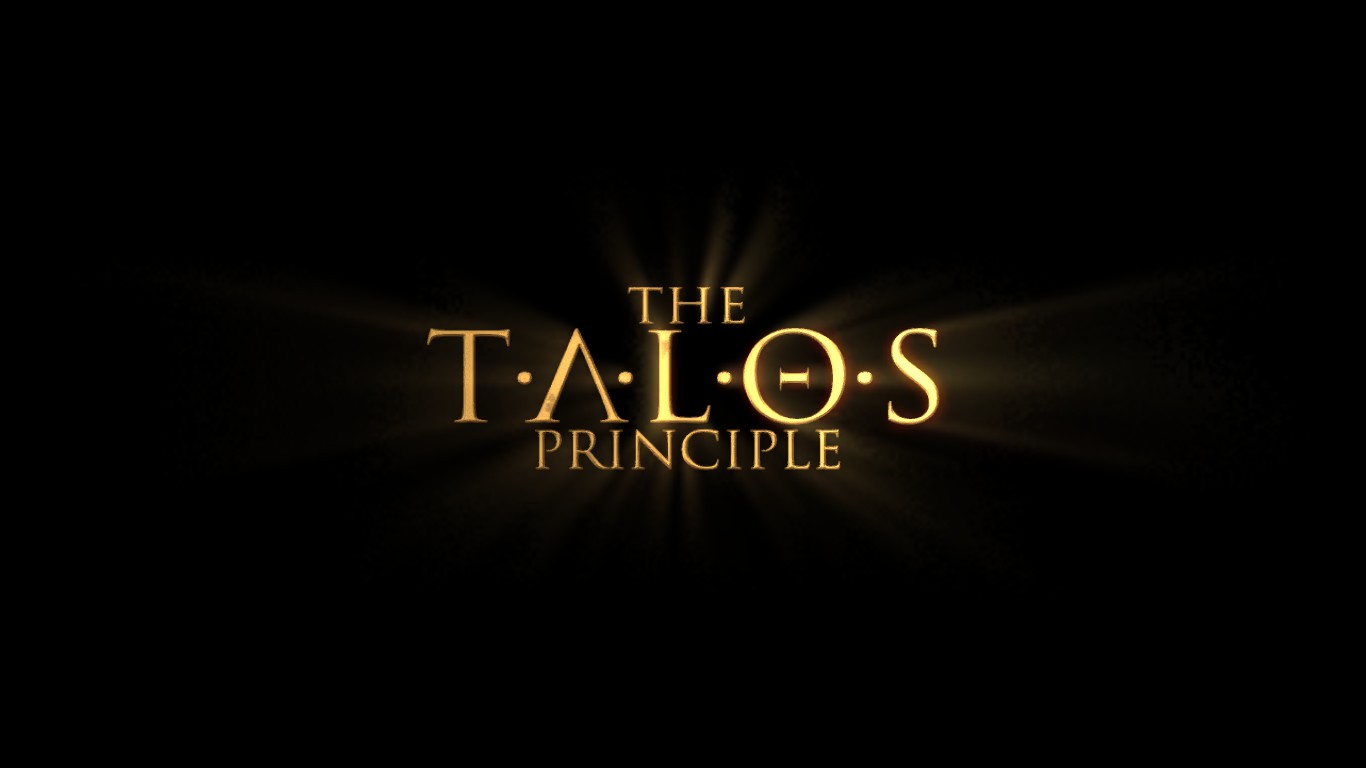
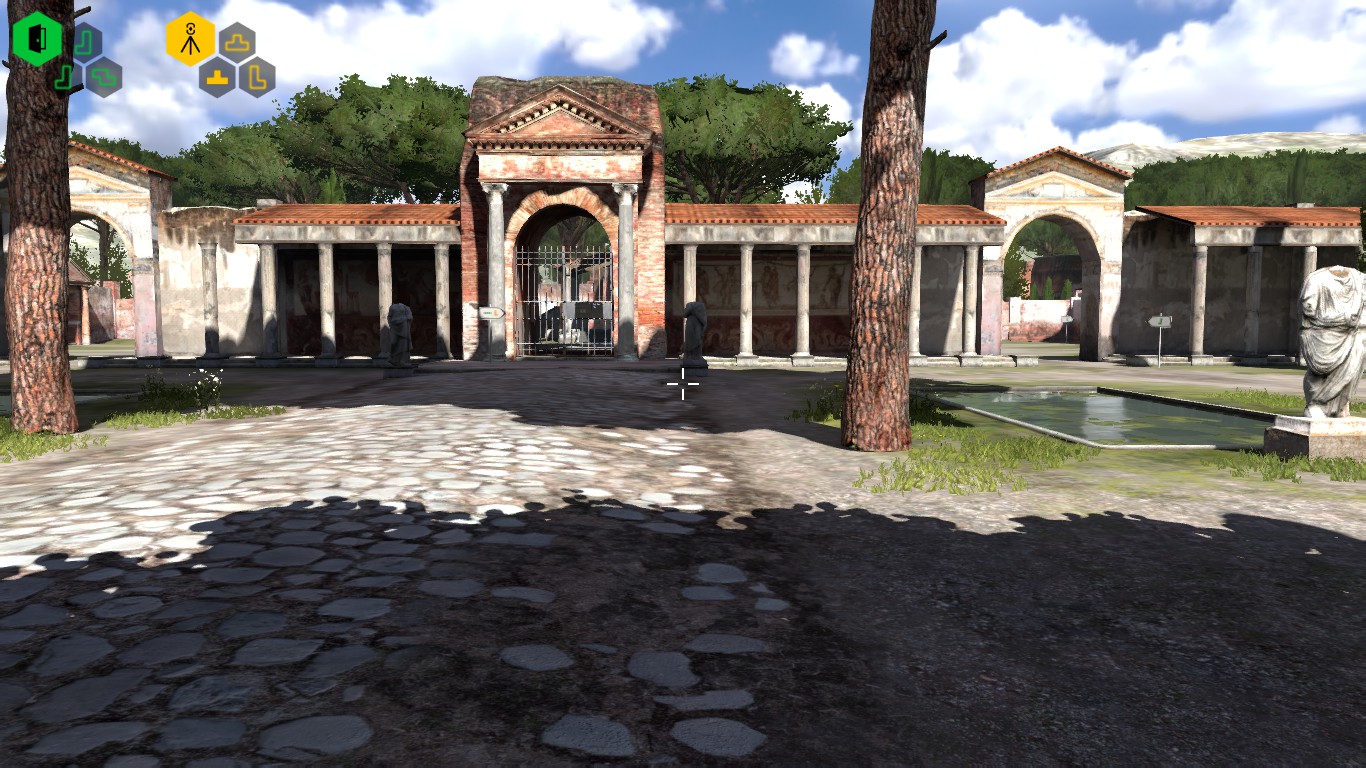 There are signs that this world is artificial (such as segments of wall fuzzing out, and that the messages from other pilgrims are in the form of QR codes). From time to time you find consoles that are supposed to be connected to the internet, but the net connection is down–you can still see fragments of locally stored files. You try to restore your internet access by working through the Milton Library Assistant which seems to be a little odd.
There are signs that this world is artificial (such as segments of wall fuzzing out, and that the messages from other pilgrims are in the form of QR codes). From time to time you find consoles that are supposed to be connected to the internet, but the net connection is down–you can still see fragments of locally stored files. You try to restore your internet access by working through the Milton Library Assistant which seems to be a little odd.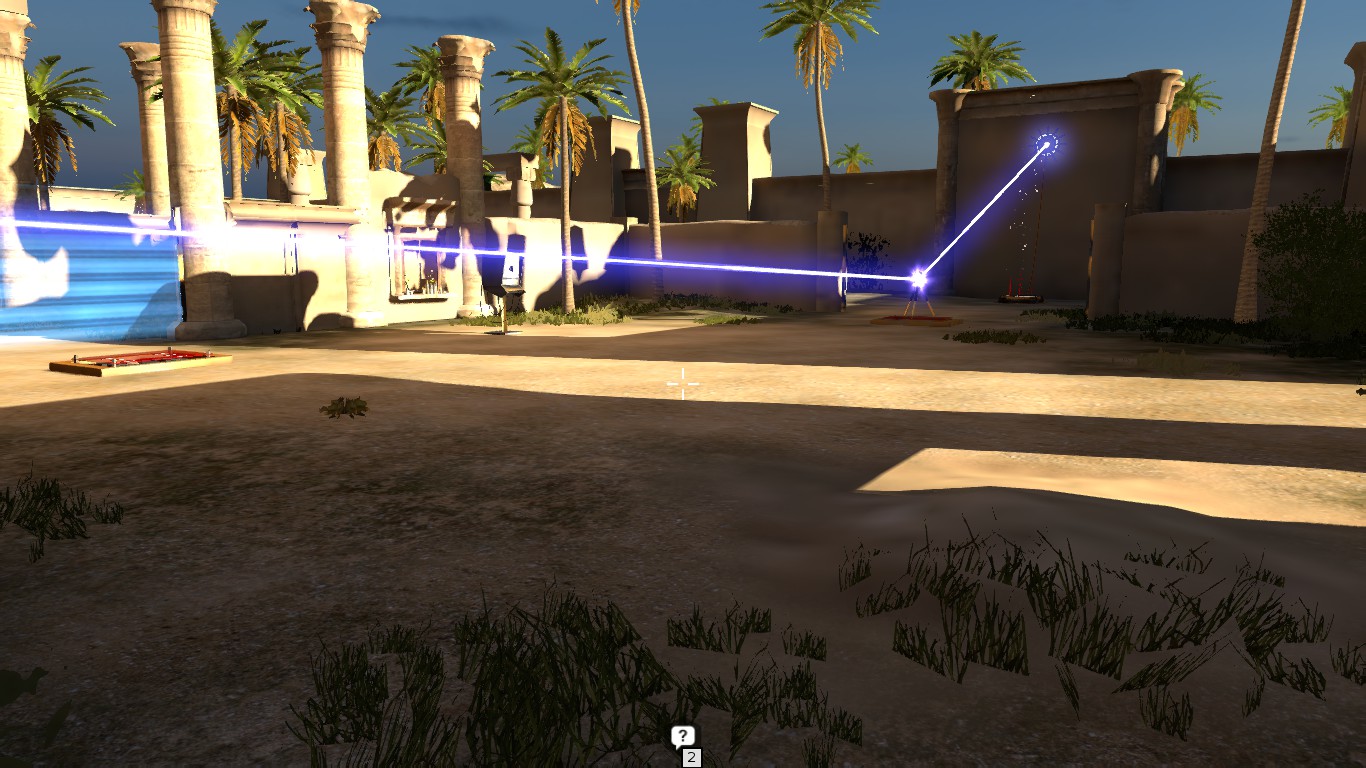 Connector: A tripod-based device that can transmit an energy beam from a source to an arbitrary number of receivers. These can be used to open certain kinds of gates or power other devices. And you have to have a line of sight.
Connector: A tripod-based device that can transmit an energy beam from a source to an arbitrary number of receivers. These can be used to open certain kinds of gates or power other devices. And you have to have a line of sight.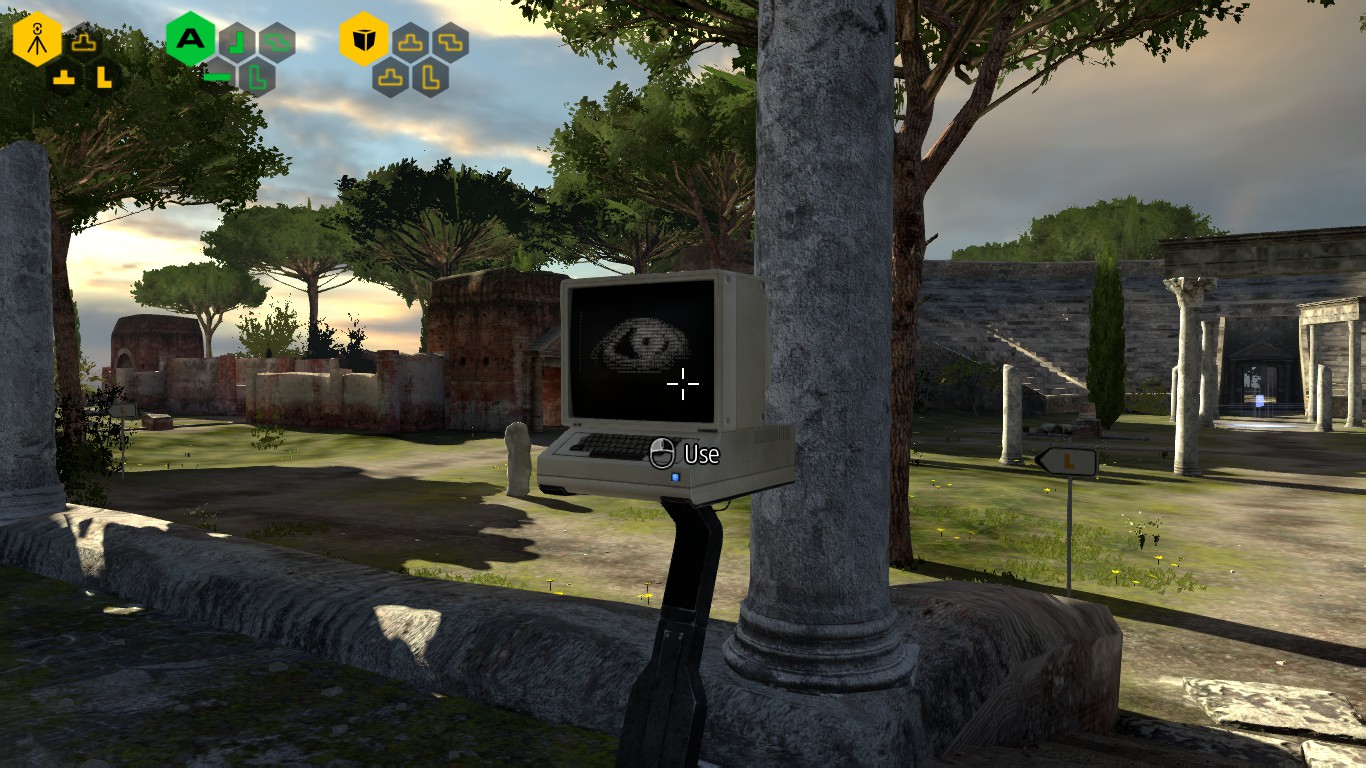 Visuals
Visuals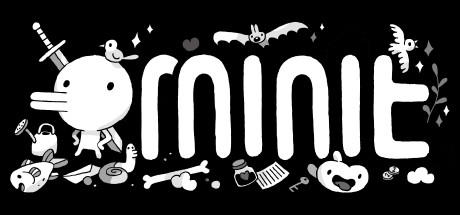
 >I need your help
>I need your help